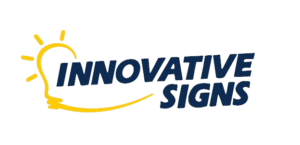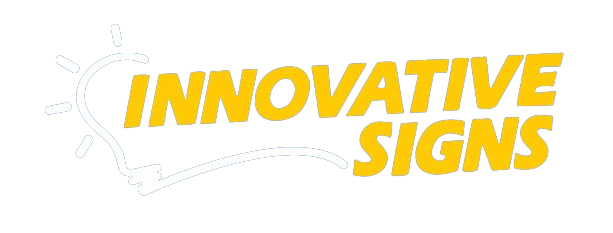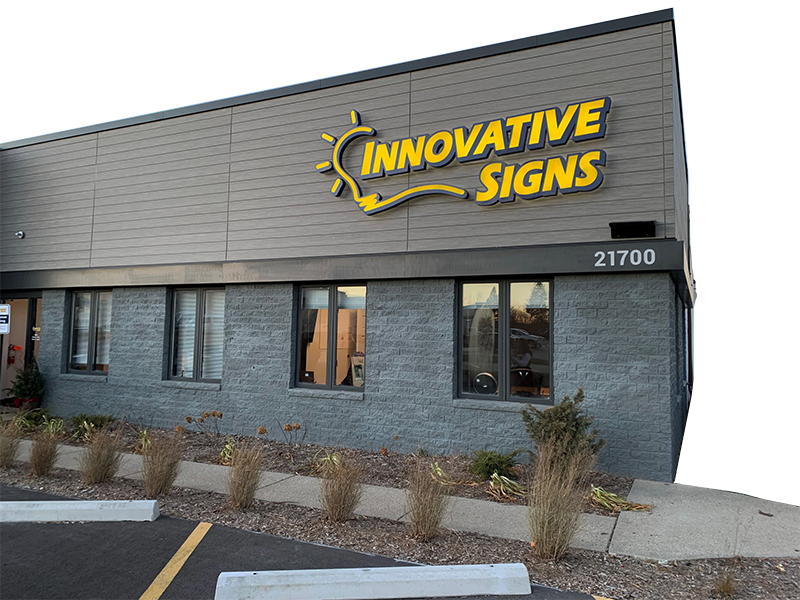A Complete Guide to Essential Healthcare Facility Signage
Healthcare facilities can be complex to navigate, highlighting the importance of strong healthcare signage. Various signs support the facility’s smooth functioning by directing staff and visitors to different departments, floors, and essential areas like pharmacies and labs. Effective signage in healthcare settings is critical in enhancing patient care, ensuring safety, and improving the overall experience for everyone at the facility.
Here are the key types of signs you need in any healthcare facility.
1. Directional and Wayfinding Signs
Healthcare facilities are often a place of stress, worry, or discomfort for patients. That’s why guiding patients and visitors through the facility with clear directions to departments, wards, and amenities is so important. Patients, visitors, and staff want to navigate complex hospital layouts easily. They don’t want increased stress and time spent being lost. Simple directional and wayfinding signs on walls and hanging from ceilings can reduce stress and save time.
2. Healthcare Signage: External and Internal Identification Signs
External Identification Signs
Healthcare facilities are businesses. Like any other business, healthcare companies benefit from establishing a clear brand identity with a unique selling proposition tailored to it’s ideal clientele. Channel Letter signs highlighting the healthcare facility’s brand colors and logo get the facility noticed, often from afar. Monument signs posted outside of the building can serve as directional signage to guide guests to the correct parking and direct patrons to specific buildings on campus. External signage reinforces the facility’s brand identity and creates a welcoming, professional environment.
Internal Identification Signs
Room labels, department signs, and healthcare signage for key areas like emergency, radiology, or laboratories play an important role in the ease of patients and staff. Hospitals must also provide information about policies, visiting hours, patient rights, and health advisories. If patients need assistance, signs can guide them to registration desks. Internal identification signs can also protect patient privacy, marking private areas and reminding staff and visitors of privacy policies in sensitive areas like patient rooms and treatment areas.
3. Safety, Emergency, and Regulatory Healthcare Signage:
Like any other business, healthcare signage must ensure the safety of patrons and staff. Clear signage of fire exits, evacuation routes, fire extinguisher locations, and first aid stations are required. Healthcare facilities can also contain a variety of dangers. Signage must warn about potential hazards, such as wet floors, construction areas, or radiation warnings. There are many legally required signs like no-smoking zones, handwashing instructions, and biohazard warnings. Hospitals must also display regulations and compliances, such as handwashing instructions, privacy policies, and no-smoking signs, are mandatory.
4. Accessibility Signs:
Like other businesses, hospitals must comply with the Americans with Disabilities Act (ADA) by marking accessible entrances, restrooms, and parking. This makes sure the facility is accessible to all.
Each type of healthcare sign is crucial in maintaining a well-organized, safe, and patient-friendly environment. When it comes to your health and well-being, it is a healthcare facility’s responsibility to provide essential information about services, visiting hours, patient rights, health advisories, safety, and other information at the moment you need it.
Considering the sheer amount of signage required at a healthcare facility, you need a sign company with experience in the field. Innovative Signs has manufactured and installed signs in greater Milwaukee and Southeastern Wisconsin healthcare facilities. When it comes to your healthcare facility, your signage is essential.








